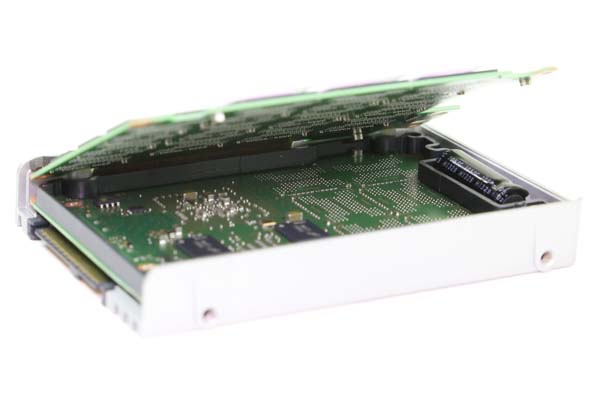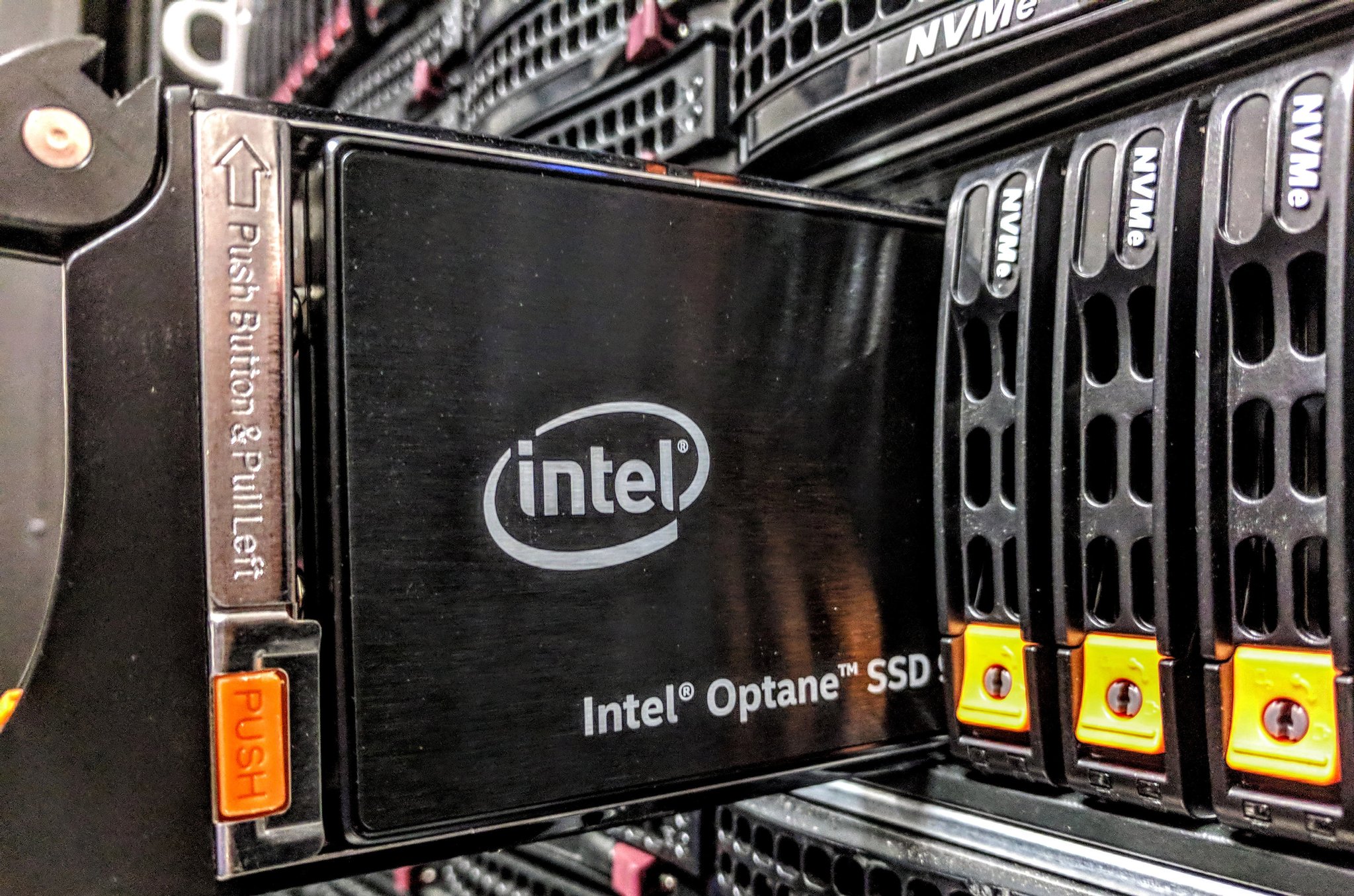Zemlen
Cadet
- Joined
- Apr 27, 2020
- Messages
- 7
Hi there.
Building a storage server for a new build office.
The main purposes are:
- Users' files centralised storage
- Video surveillance storage
- Asterisk calls records storage
- Storage for DB backups and VM snapshots
- May be some cloud storage
The hardware:
Decided to base the system on a second hand server hardware.
There is a service in Russia, who are selling used server hardware with testing it before sending to a client. Slightly more expensive, than buying for Aliexpress or e-bay, but much more affordable, then new. Here is a link, if you are from Russia or somewhere nearby: https://abgreyd.servis2010.ru/
So, the components are:
Building a storage server for a new build office.
The main purposes are:
- Users' files centralised storage
- Video surveillance storage
- Asterisk calls records storage
- Storage for DB backups and VM snapshots
- May be some cloud storage
The hardware:
Decided to base the system on a second hand server hardware.
There is a service in Russia, who are selling used server hardware with testing it before sending to a client. Slightly more expensive, than buying for Aliexpress or e-bay, but much more affordable, then new. Here is a link, if you are from Russia or somewhere nearby: https://abgreyd.servis2010.ru/
So, the components are:


